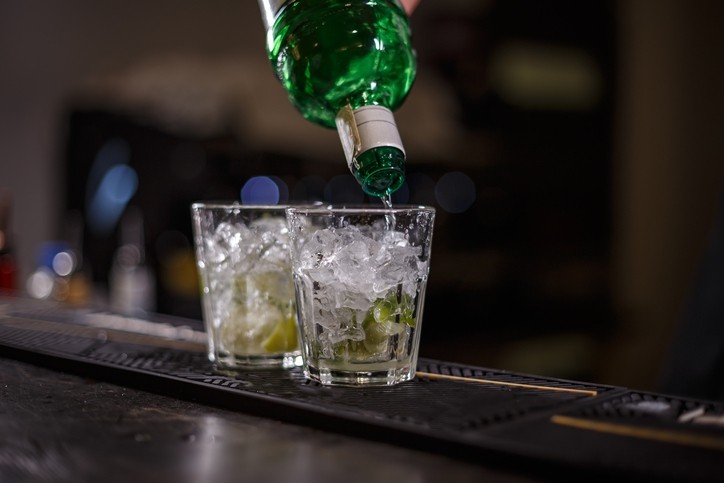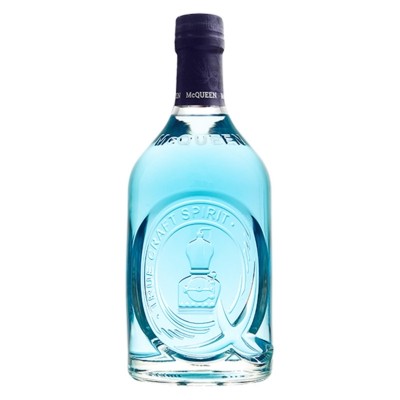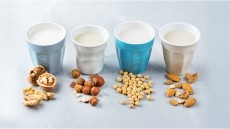Craft spirits challenge: Chinese regulations confusing botanicals in gin for traditional Chinese medicines

A lengthy list defines China’s acceptance of the herbal ingredients that give a gin its flavour. Some of these botanicals can be proscribed due to their role in traditional Chinese medicine, according to Hannah Keirl, managing director of Spirits Box, a craft spirits importer based in Shanghai.
“It’s very black and white. There are no grey areas,” she said.
“For example, angelica root is technically not allowed in China. You have this red book that tells you which botanicals are not allowed be added to a spirit, and if your product contains those, then it’s an automatic no.”
Added to this is a language barrier, with multiple Mandarin translations for one English botanical name. There are some online portals in Chinese that can be used for guidance, but these are not always kept up to date.
Some importers lie on their clearance forms, in the hope that customs officials will not realise that a brand contains ingredients that are not allowed, but this obviously presents a risk.
“To make sure we don’t have problems, we usually talk to our customs clearance agents before we bring in a new product. We send through a list of ingredients and confirm that we are allowed to bring in the product containing all of those ingredients. Once that’s done, it’s fine,” said Keirl.
This obviously presents a problem for small importers like Spirits Box. If a brand wants to enter China’s booming market for speciality gins, Keirl will have to hold off taking it on until an offending botanical is taken off the list, though it isn’t guaranteed that that will even happen.
It is helpful, therefore, when big brands with the clout to engage with officials does the heavy listing.
Lavender, for example, was not allowed to be used in gin until recently, when it was taken off the banned list. This happened after one multinational spirits group whose gin brand published the flower on its label successfully lobbied customs to have it permitted. It would have been difficult for a smaller company to achieve this, Keirl said.
Tonic water was also problematic as it contains quinine, which also used to be on the list because it is considered a traditional Chinese medicine. For many years, gin would be accompanied by “tonic-flavoured” water in China, though this has since changed. But still some of the other ingredients in artisanal tonic waters are not allowed because they take a recipe outside the specific definition of what should be allowed in tonic water, according to Chinese authorities.
“Any time I bring in a new product, there tends to be quite a long back-and-forth between us and customs agents. This is important, though, because any repercussions would be on us and me personally, so I do everything down to a T,” Keirl said.
“When things change quite quickly you have to be on top of it and make sure you do check each import because there is a possibility something has changed, in which case you could be liable.”
Any gin brand considering entering the Chinese market would be advised to ship a small quantity in their initial import, to test the water. The good news, though, is things are changing gradually.
“Each year you see more things changed and removed. This is good as much for China as for the brands wanting to come into the market. The barriers are definitely getting lower—slowly, but still it is changing,” Keirl added.


















